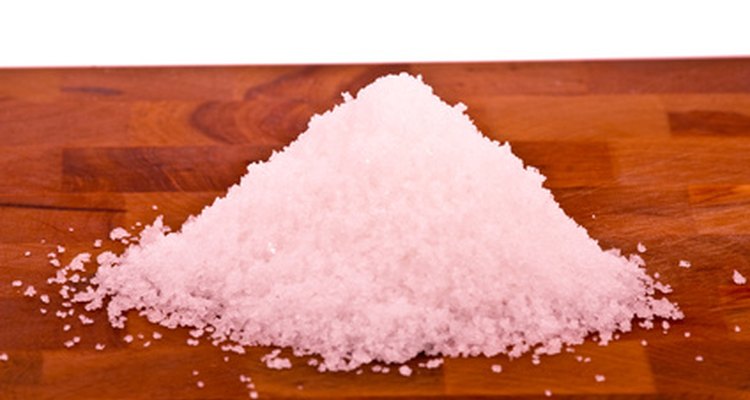
Sea salt has been used as a preservative for millennia by many cultures. When water is removed from the ocean and the water is evaporated from it, the natural salt produced by the ocean has a rich flavor and is perfect for making a brine to preserve foods for long periods of time. Most canning recipes call for table salt, which has additives for non-caking. Most cooks, however, argue for the taste of sea salt, which is mellower than regular salt.
Grind the large particles of sea salt in the food processor until they reach the same size as particles of table or canning salt. This allows the salt to be measured correctly for the recipe.
Substitute sea salt for canning salt in a ratio of one to one.
Dissolve the salt, and vinegar if called for, in water according to the recipe.
Pickle or store the vegetables in the brine as they are called for in the recipe.
Can the jars with the brine and vegetables, and pickle or ferment them according to the recipe.
Check the jars continuously to ensure no undesirable cloudiness occurs. This does not change the taste of the food, but can make it appear unpalatable.
Related Articles

How to Make Salt Brine
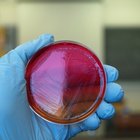
Uses of Saltpeter in Food
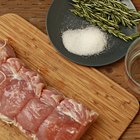
How to Brine Pork Roast

Why Did My Pickles Turn Cloudy?

How to Finely Grind Celtic Sea Salt

How to Make Schmaltz Herring
How to Pickle Without Vinegar
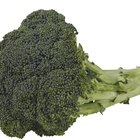
What Vegetables Have Citric Acid?
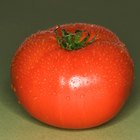
How to Blanch, Peel, & Freeze Whole ...

Nutritional Facts of Fava Beans
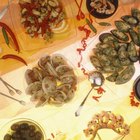
How to Clean Soft-Shell Clams (Steamers)

How to Boil Acorn Squash
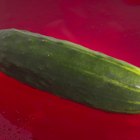
How to Convert Sour Pickles to Sweet ...

How to Store Dehydrated Foods

How to Preserve a Hard Boiled Egg
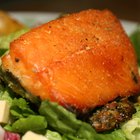
How to Brine a Grilled Salmon
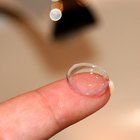
How to Store Contact Lenses Without ...

How to Salt Pig Tails

How to Remove Bitterness From Brussels ...
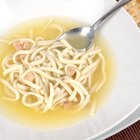
Does Canned Soup Go Bad?
References
Writer Bio
Based in Kingston, Canada, Samantha Lowe has been writing for publication since 2006. She has written articles for the "Mars' Hill" newspaper and copy for various design projects. Her design and copy for the "Mars' Hill" won the Associated Collegiate Press Pacemaker award in 2008. Lowe holds an Honors BA from Trinity Western University, and a MSc in Occupational Therapy from Queen's University where she is currently doing her PhD.
Photo Credits
fleur de sel, white sea salt crystal, white background image by Oliver Mohr from Fotolia.com